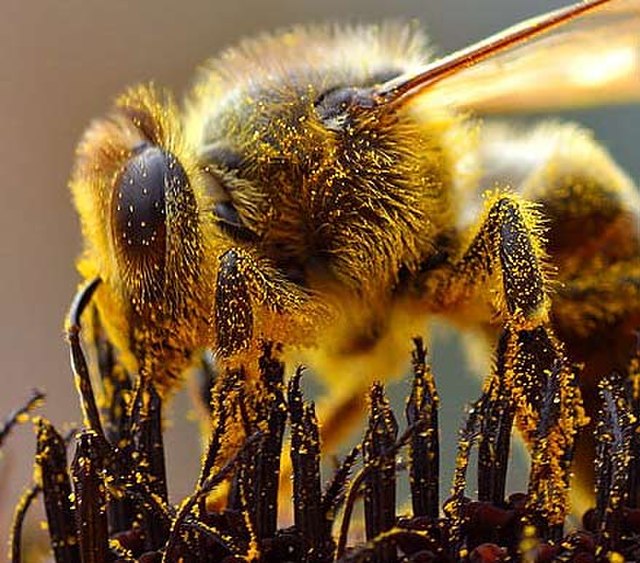Floral symmetry describes whether, and how, a flower, in particular its perianth, can be divided into two or more identical or mirror-image parts.
[Left] Normal Streptocarpus flower (zygomorphic or mirror-symmetric), and [right] peloric (radially symmetric) flower on the same plant
Wurmbea stricta, its tepals in actinomorphic arrangement
Satyrium carneum. Ground orchid with typical zygomorphic floral anatomy
Digitalis purpurea (common foxglove) displaying an aberrant peloric terminal flower and normal zygomorphic flowers
A flower, also known as a bloom or blossom, is the reproductive structure found in flowering plants. Flowers consist of a combination of vegetative organs – sepals that enclose and protect the developing flower, petals that attract pollinators, and reproductive organs that produce gametophytes, which in flowering plants produce gametes. The male gametophytes, which produce sperm, are enclosed within pollen grains produced in the anthers. The female gametophytes are contained within the ovules produced in the carpels.
Reproductive parts of Easter Lily (Lilium longiflorum). 1. Stigma, 2. Style, 3. Stamens, 4. Filament, 5. Petal
The calla lily is not a single flower. It is actually an inflorescence of tiny flowers pressed together on a central stalk that is surrounded by a large petal-like bract.
Grains of pollen sticking to this bee will be transferred to the next flower it visits.
Ophrys apifera, a bee orchid, which has evolved over many generations to mimic a female bee.

![[Left] Normal Streptocarpus flower (zygomorphic or mirror-symmetric), and [right] peloric (radially symmetric) flower on the same plant](https://upload.wikimedia.org/wikipedia/commons/thumb/b/b8/Peloria_in_Streptocarpus.jpg/640px-Peloria_in_Streptocarpus.jpg)






